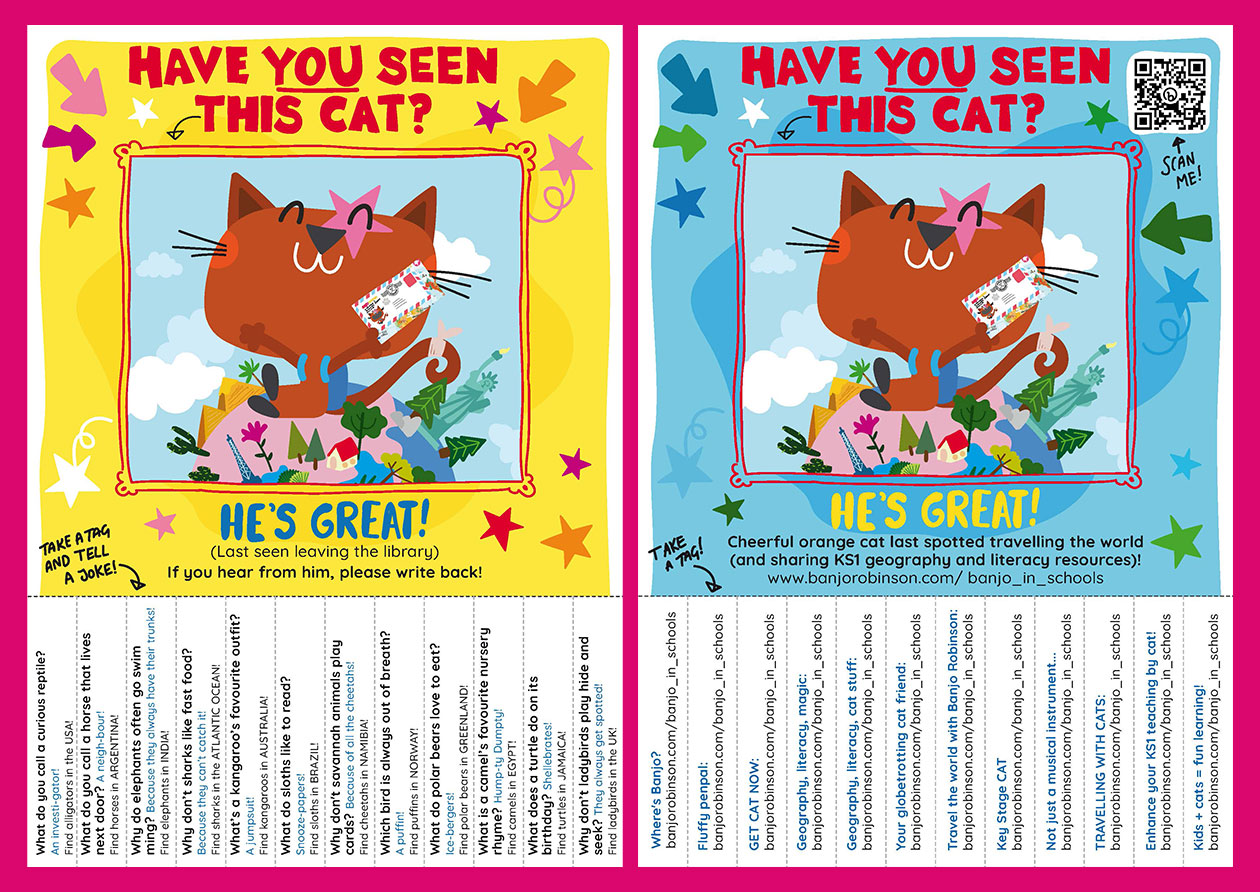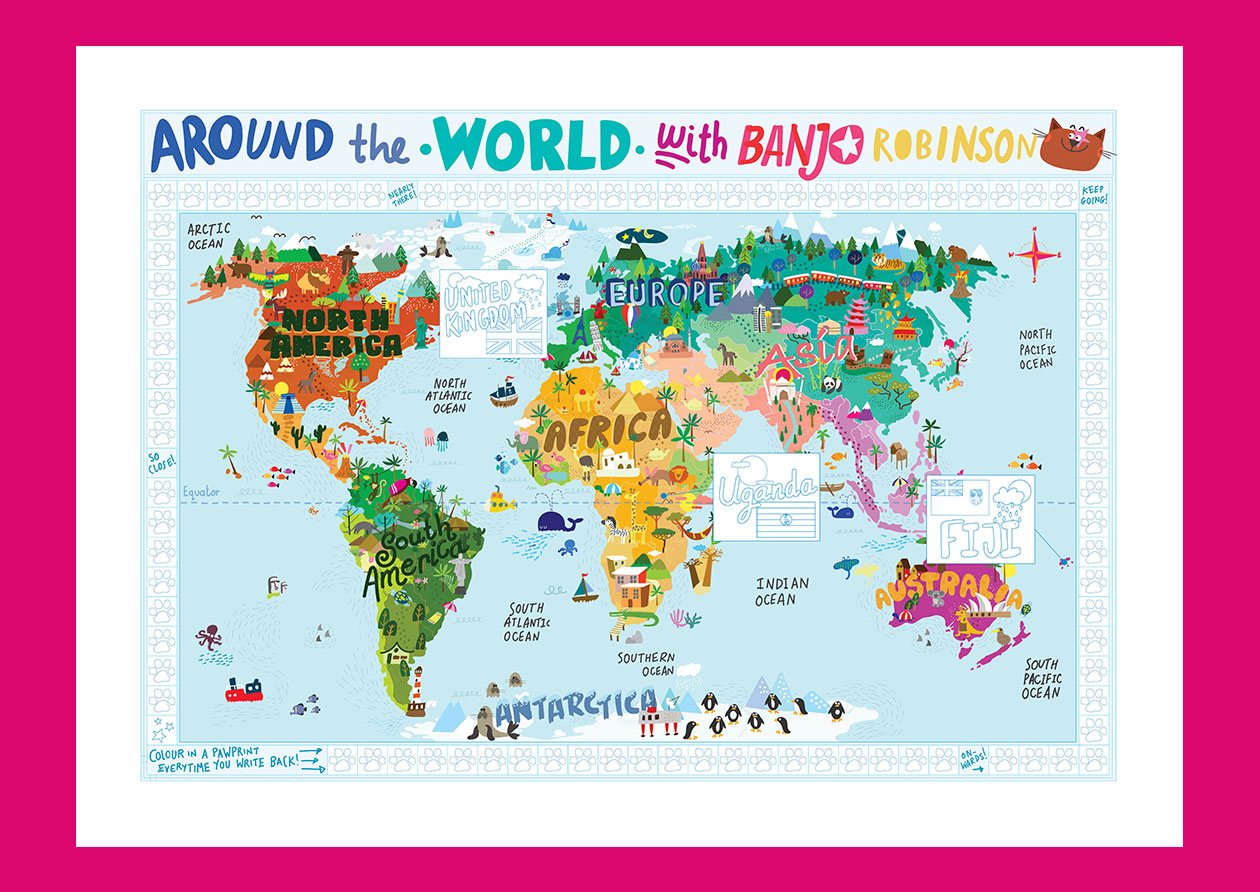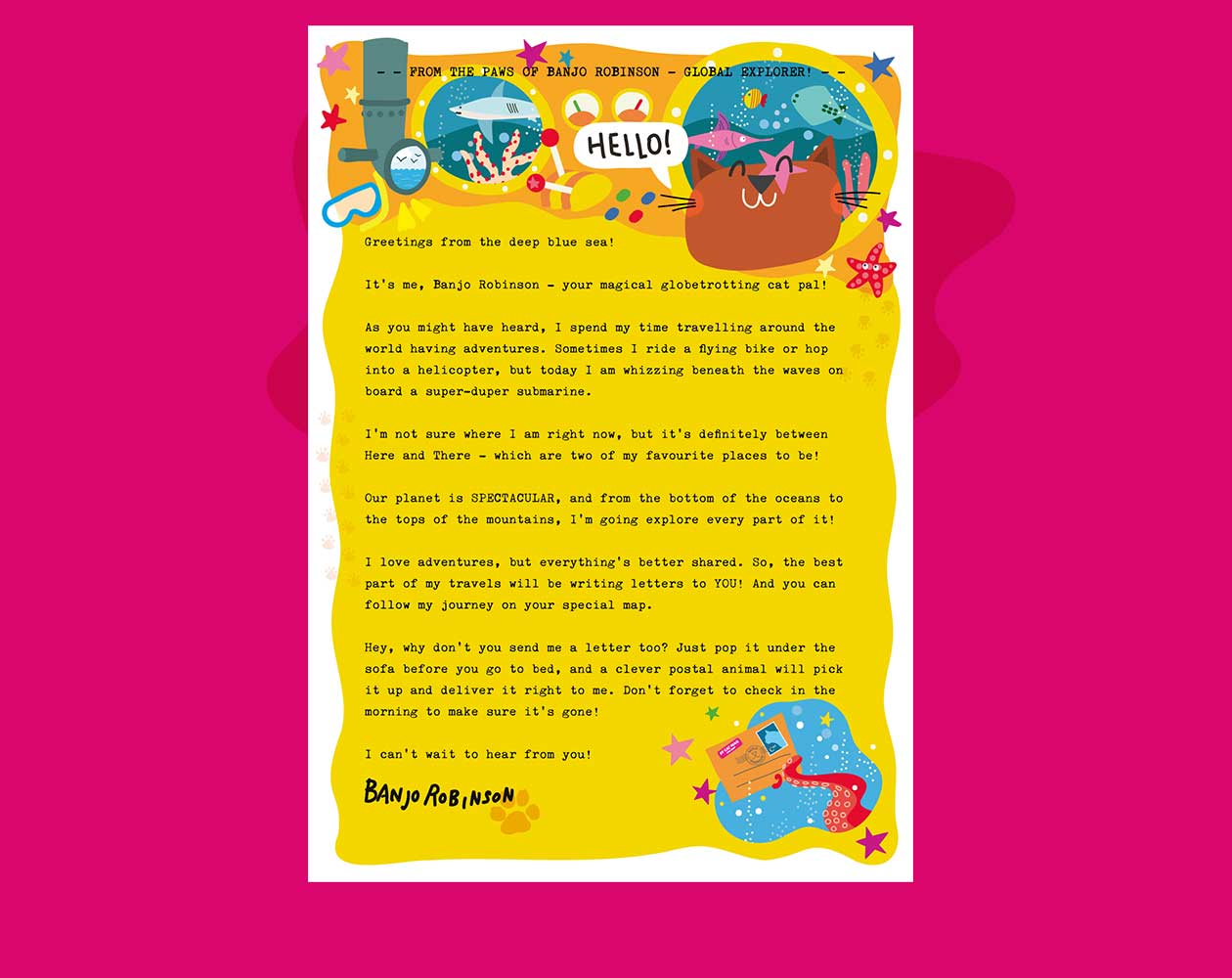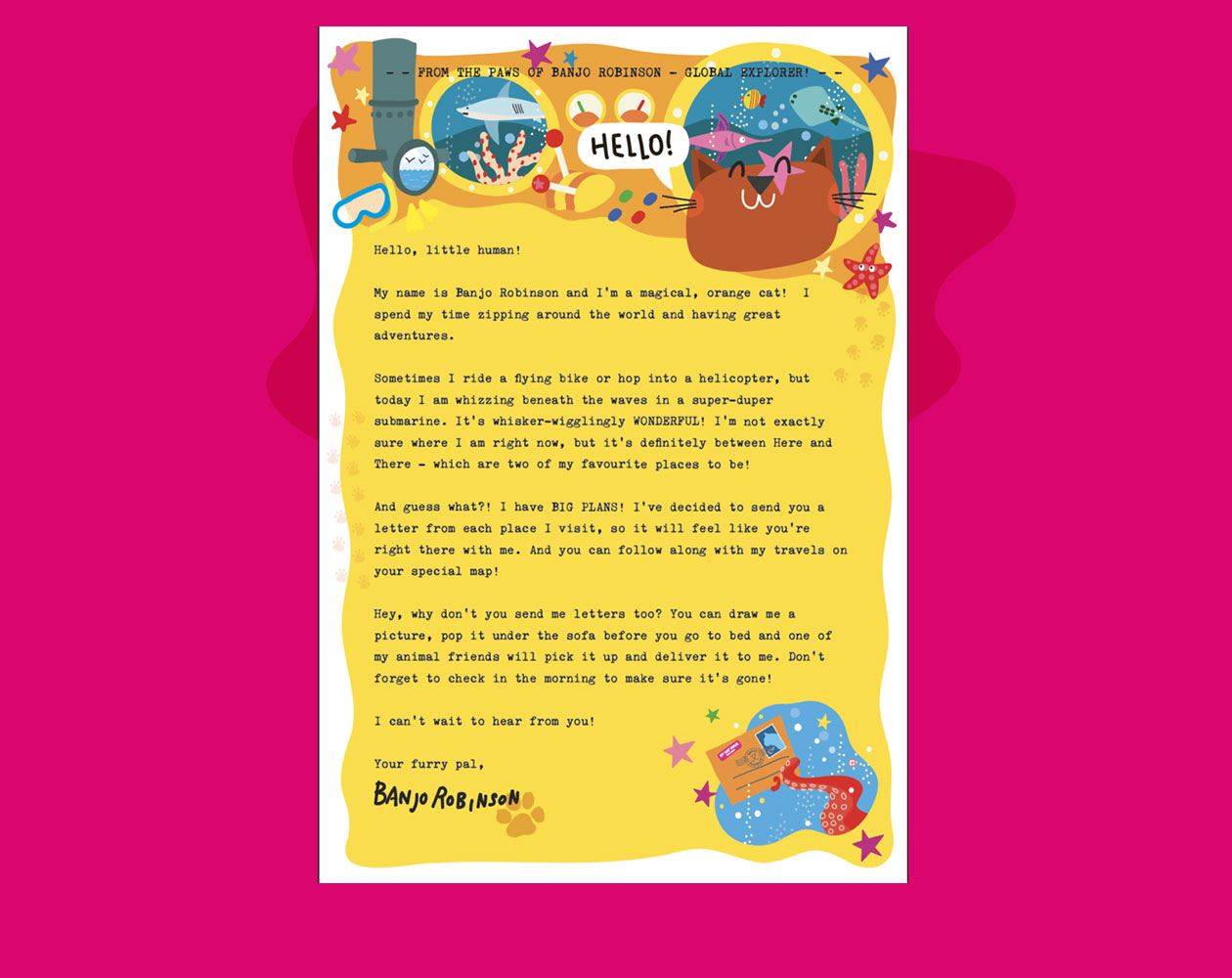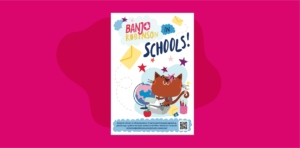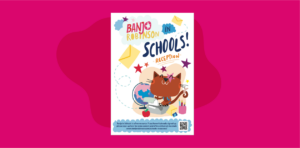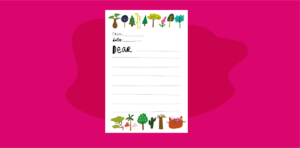Teaching kids problem-solving skills
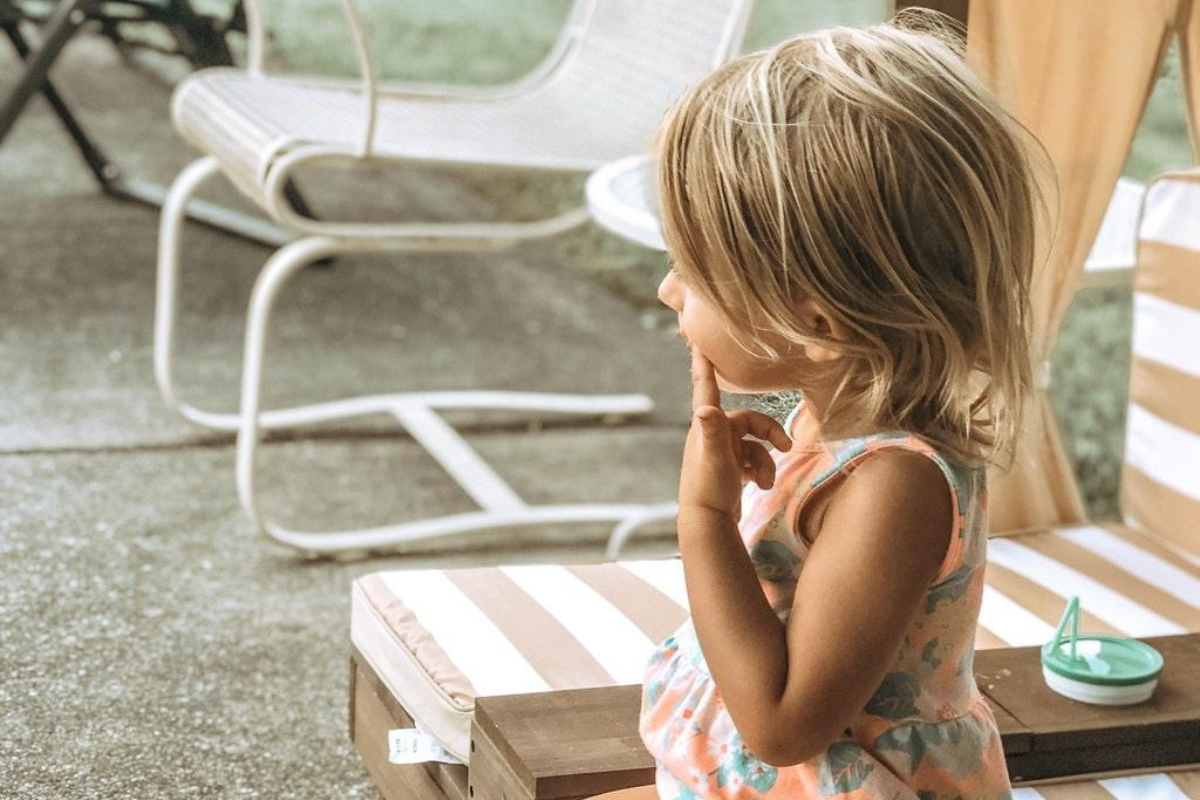
Teaching your kids problem-solving skills can build their resilience and independence, whatever their age. Having the confidence to tackle unknowns and to trust in their decision making will help them to understand their world better. And like most things, when we think about these questions as a parent or carer, it usually helps us with our own journey too.
The best place to start is by working out how your own kid feels when faced with a problem. What emotions come to the surface when faced with a challenge? What is their response? By working these things out, we establish a much more solid foundation on which to build this important skill set.
Problem-solving: six steps
Experts identify the problem-solving process as six main steps:
- Identify the problem
- Stay calm
- Think about what to do and come up with a solution to try
- Try it out
- If that didn’t work, then go back to number 3 and try something else
- Don’t give up
How can you support the six steps?
- When playing with young children in particular, it’s also important to remember to make sure you leave some of their playtime unstructured so that they can explore and work things out for themselves.
- When identifying the problem, keep questions open so that yes and no answers are avoided where possible. Open -ended questions tend to encourage more creative solutions.
- Explain to your kids about pros and cons and make lists together. This can really help them weigh out the eventualities for solutions they are considering.
- Support your child, but don’t always resolve on their behalf: you can help your kid come up with some solutions but try not to wade in and take over. Part of effective problem-solving is to pick yourself up after something hasn’t worked out as planned. For example, if a child is having difficulty with working out how to use a toy, rather than just show her straight away, explore the possibilities together.
- Role model: There is rarely a parenting moment which wouldn’t benefit from talking your kids through your thoughts and process. Learning from you is the best way for them to pick up so many of life’s skills. So don’t be afraid to talk to them about how you have approached problems in the past and give examples of when this didn’t work out and new solutions were needed. It is helpful for them to understand that everyone has to find their own way of approaching challenges.
Other resources
At Banjo Robinson, we believe in play-led learning, so here are some other ways you can engage in problem-solving with your kids:
Books
Kidpillar has some great suggestions here of books that can help to teach problem-solving including Banjo HQ favourite Stuck by Oliver Jeffers.
Games and toys
There are all sorts of activities that you can take part in together with your child that will also help to develop their problem-solving skills. Sign up for Banjo Robinson’s weekly printables here.
The Big Life Journal also has some excellent writing about teaching kids problem-solving skills and sell a range of products on offer which can help your child develop a growth mindset which is the cornerstone of problem-solving.
Enjoy this blog?
Find out more about Banjo Robinson on our website here.
Sign up and receive a FREE STARTER PACK here.
For more articles like “teaching kids problem-solving skills”, check out Banjo’s blog here.



